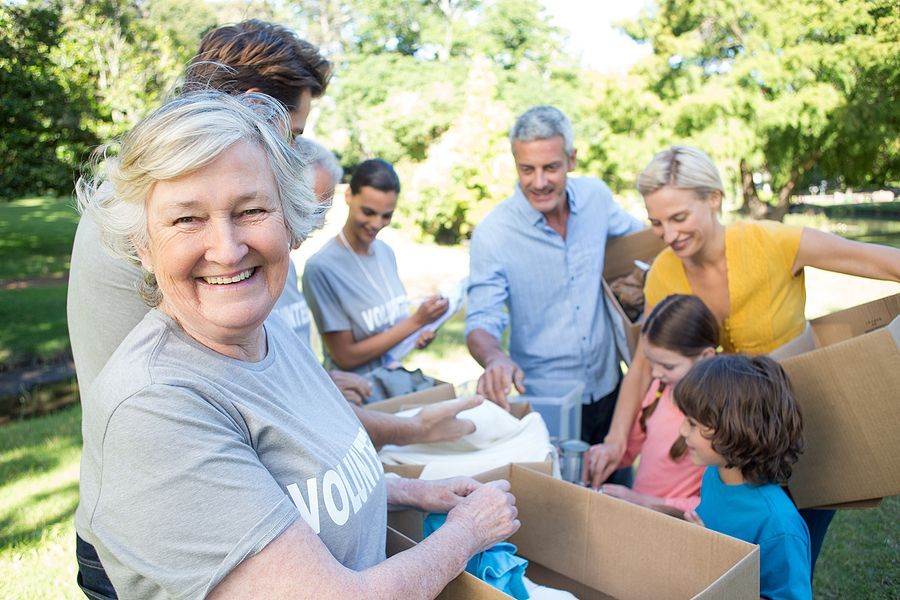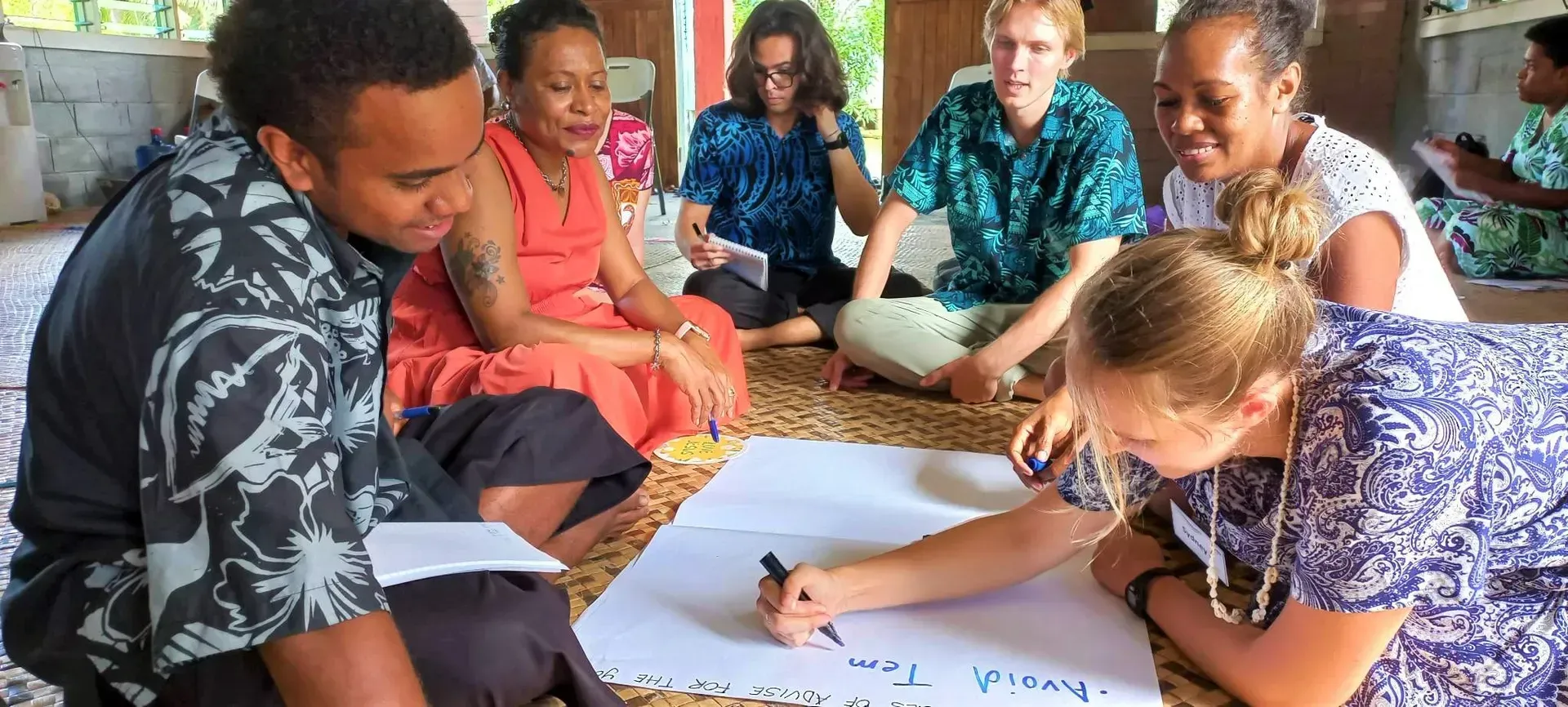Can You Switch Volunteer Roles If You Change Your Mind?
TLDR;
Yes, you can switch volunteer roles if you change your mind, provided you follow your organization’s policies and communicate openly with your coordinator. Most nonprofits and community programs value volunteer satisfaction and are willing to reassign roles when it benefits both the
volunteer and the organization.
Why Volunteers Switch Roles

- Mismatch between expectations and reality of the role
- Change in personal schedule or availability
- Burnout from repetitive tasks
- Desire to learn new skills or take on more responsibility
- Better alignment with another position’s duties
- Physical or emotional strain from current assignment
A volunteer who starts in an event coordination role may later find that behind-the-scenes work, like administrative support, better fits their personality and availability.
Volunteer Role Flexibility and Program Policies

Volunteer Role Transfer Models
Many volunteer programs, especially in community-focused organizations like CleanUP USA, build flexibility into their policies. Flexibility can mean:
- Role rotation schedules to prevent burnout
- Clear documentation of available positions in the volunteer handbook
- An established process for reassignment requests
- Training modules that allow for multiple roles
This flexibility plays a key role in supporting informed
volunteer role selection, giving individuals the freedom to explore roles that better match their skills, interests, or changing availability over time. Some programs have formal restrictions, such as requiring volunteers to serve a minimum number of hours in one position before switching. Others require a new background check if the new role involves different responsibilities.
Legal and Policy Considerations

In states like Texas, volunteer programs often have to meet specific compliance requirements before switching a volunteer’s role. These can include:
- Updated background checks for roles involving vulnerable populations
- Additional orientation or safety training
- Adhering to insurance coverage rules for specific volunteer duties
For example, a volunteer moving from an administrative position to a direct service role may need to complete a health screening or security clearance before starting.
Volunteer Role Transfer Models
Organizations use different models to handle role changes:
- Role rotation: Volunteers change roles on a set schedule to broaden skills
- Step progression: Volunteers start in simpler roles and advance to more complex ones
- Lateral reassignment: Volunteers move to a different but equally responsible role
- Shift swapping: Volunteers exchange duties for specific events or days with approval
Each model requires coordination to avoid disruption in program delivery.
How to Switch Volunteer Roles Without Losing Eligibility

Step 1: Reflect on why you want to change
- Identify the main challenge with your current role
- Decide if the issue is temporary or permanent
Step 2: Check the volunteer handbook or policy guide
- Look for a section on role changes or reassignment
- Note any restrictions, required forms, or timelines
Step 3: Request a meeting with your coordinator
- Explain your reason clearly and professionally
- Suggest alternative roles you are interested in
Step 4: Agree on a transition plan
- Determine your final day in the current role
- Plan training for the new position
Step 5: Complete any necessary requirements
- Submit forms, attend new training, or provide updated documents
Step 6: Start the new role and request feedback
- Stay open to feedback in the first few weeks
- Share your own observations to improve the process
Benefits of Letting Volunteers Switch Roles

Benefits of Letting Volunteers Switch Roles
For the volunteer:
- Higher satisfaction and engagement
- Opportunity to learn new skills
- Better alignment with strengths and interests
For the organization:
- Improved retention rates
- Greater coverage across different roles
- Increased program resilience and skill diversity
CleanUP USA has found that offering role flexibility can reduce volunteer turnover and increase the pool of multi-skilled participants.
Volunteer Retention Strategies That Include Role Changes

- Regular check-ins to gauge satisfaction
- Anonymous feedback forms to identify hidden frustrations
- Clear communication of available roles
- Recognition for volunteers who adapt to new needs
Best Practices for Switching Volunteer Roles

- Document all role changes for organizational records
- Differentiate between performance-related reassignments and volunteer-initiated changes
- Maintain fairness and transparency in decisions
- Ensure all volunteers understand the process from day one
Frequently Asked Questions
Can I change volunteer roles without reapplying?
In most cases yes, as long as you meet the qualifications for the new role.
Will I lose my volunteer benefits or access?
Benefits usually transfer if you remain active in the program.
Is there a minimum time before switching roles?
Some organizations require a set number of hours before a change to avoid disruption.
What if the new role is not a good fit either?
Communicate quickly with your coordinator to explore alternatives.
Do all organizations allow role changes?
Most do, but the process and flexibility vary. Always review your specific program’s policies.
Support CleanUP SCAN ME












